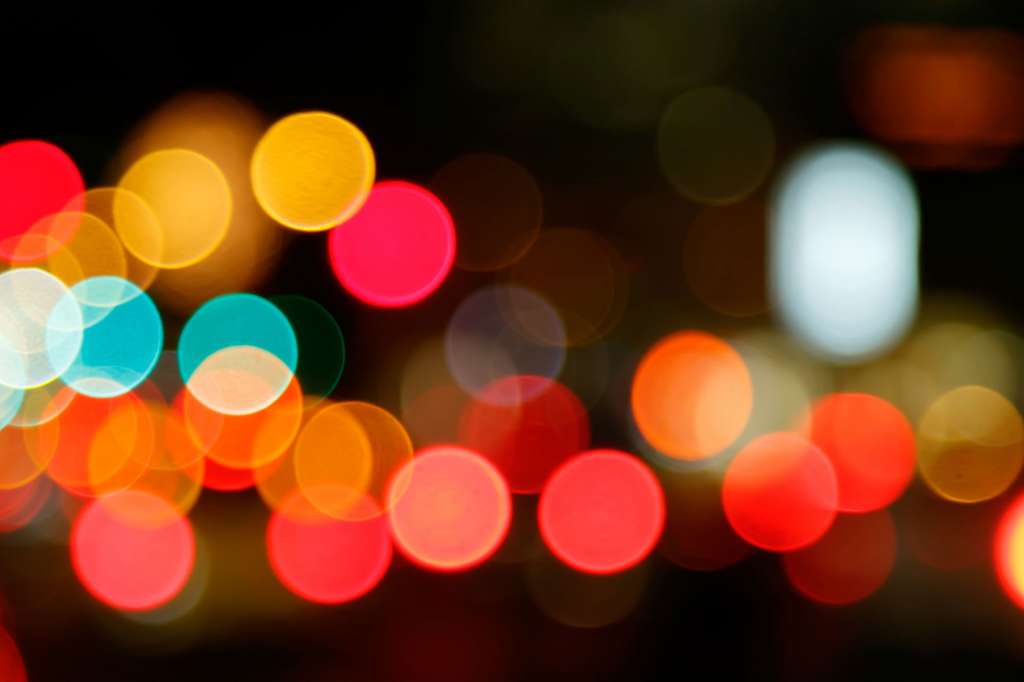

As discussed above, if you can open your lens’s aperture really wide, the bokeh will look great – whereas a closed-down aperture will produce nervous, distracting bokeh that doesn’t complement the subject. Why?įirst, the larger the lens’s maximum aperture, the better the bokeh quality. Other lenses are rather underwhelming in their bokeh quality. Lens choiceĬertain lenses produce beautiful, creamy bokeh. Unfortunately, not all lenses allow you to shoot at ultra-wide apertures, as I explain below: 2. So when you see beautiful bokeh images, they’re generally produced at f/4 and wider (and most are produced at f/2.8, f/1.8, or even f/1.2). (A narrow aperture, on the other hand, produces images that are sharp from foreground to background that’s why landscape photographers nearly always shoot at f/8 and beyond. Ultimately, a wide aperture will create a better bokeh effect – because the wider the aperture, the more background blur the lens will produce. The aperture is a hole in the lens, and the size corresponds to your camera’s f-number setting.Ī low f-number such as f/1.8 or f/2.8 will give you a wide aperture, while a high f-number such as f/11 or f/16 will give you a narrow aperture. Let’s look at each factor in turn, starting with: Distance between the subject and the background.Distance between the camera and your subject.Aperture size (i.e., the size of the hole in the lens that lets in light).Instead, the bokeh quality in your photos is influenced by five factors: The 5 factors determining the bokeh effect in your photosīeginners often struggle to capture lovely bokeh effects, and it’s because bokeh can be complicated it’s not as simple as adjusting one setting on your camera and calling it a day. Later on in this article, I’ll explain what causes good versus bad bokeh, but for now, just know that not all bokeh looks equally gorgeous. So you can get beautiful bokeh (when the out-of-focus areas are smooth and stunning), or you can get bad bokeh (when the out-of-focus areas are too detailed or appear jagged). Note that, generally speaking, the term “bokeh” refers to any background (or foreground) blur in an image. Do you see how the greenery behind the subject has turned into a creamy, smooth blur? It looks nice, right? That’s the power of the bokeh effect.


 0 kommentar(er)
0 kommentar(er)
